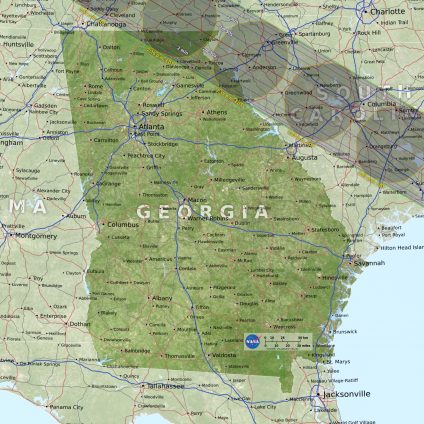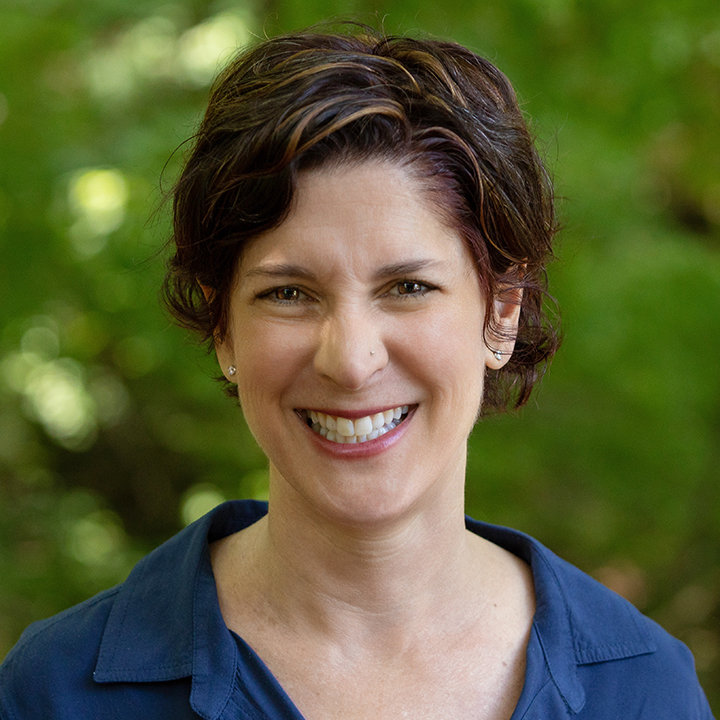
The Solar Eclipse 2017: Who, What, Where, When and How
On Monday, August 21, 2017, all of North America will be treated to an eclipse of the sun. Anyone within the path of totality can see one of nature’s most awe-inspiring sights – a total solar eclipse. This path, where the moon will completely cover the sun and the sun’s tenuous atmosphere – the corona – can be seen, will stretch from Lincoln Beach, Oregon to Charleston, South Carolina. Observers outside this path will still see a partial solar eclipse where the moon covers part of the sun’s disk. READ FULL ARTICLE

Image Credit: Rick Fienberg, TravelQuest International and Wilderness Travel
Figure 1- In this series of still from 2013, the eclipse sequence runs from right to left. The center image shows totality; on either side are the 2nd contact (right) and 3rd contact (left diamond rings that mark the beginning and end of totality respectively).
What is It?
This celestial event is a solar eclipse in which the moon passes between the sun and Earth and blocks all or part of the sun for up to about three hours, from beginning to end, as viewed from a given location. READ MORE
Where Can You See It?
You can see a partial eclipse, where the moon covers only a part of the sun, anywhere in North America (and the Total Solar Eclipse at Ramah Darom)
When Can You See It?
Times for partial and total phases of the eclipse vary depending on your location. This interactive eclipse map(link is external) will show you times for the partial and total eclipse anywhere in the world. READ FULL ARTICLE
How to View the 2017 Solar Eclipse Safely
A solar eclipse occurs when the moon blocks any part of the sun. On Monday, August 21, 2017, a solar eclipse will be visible (weather permitting) across all of North America. The whole continent will experience a partial eclipse lasting 2 to 3 hours. Halfway through the event, anyone within a roughly 70-mile-wide path from Oregon to South Carolina will experience a brief total eclipse, when the moon completely blocks the sun’s bright face for up to 2 minutes 40 seconds, turning day into night and making visible the otherwise hidden solar corona — the sun’s outer atmosphere — one of nature’s most awesome sights. Bright stars and planets will become visible as well.
Looking directly at the sun is unsafe except during the brief total phase of a solar eclipse (“totality”), when the moon entirely blocks the sun’s bright face, which will happen only within the narrow path of totality.
The only safe way to look directly at the uneclipsed or partially eclipsed sun is through special-purpose solar filters, such as “eclipse glasses” (example shown at left) or hand-held solar viewers. Homemade filters or ordinary sunglasses, even very dark ones, are not safe for looking at the sun. To date four manufacturers have certified that their eclipse glasses and handheld solar viewers meet the ISO 12312-2 international standard for such products: Rainbow Symphony, American Paper Optics, Thousand Oaks Optical, and TSE 17. READ MORE ABOUT SAFETY…
